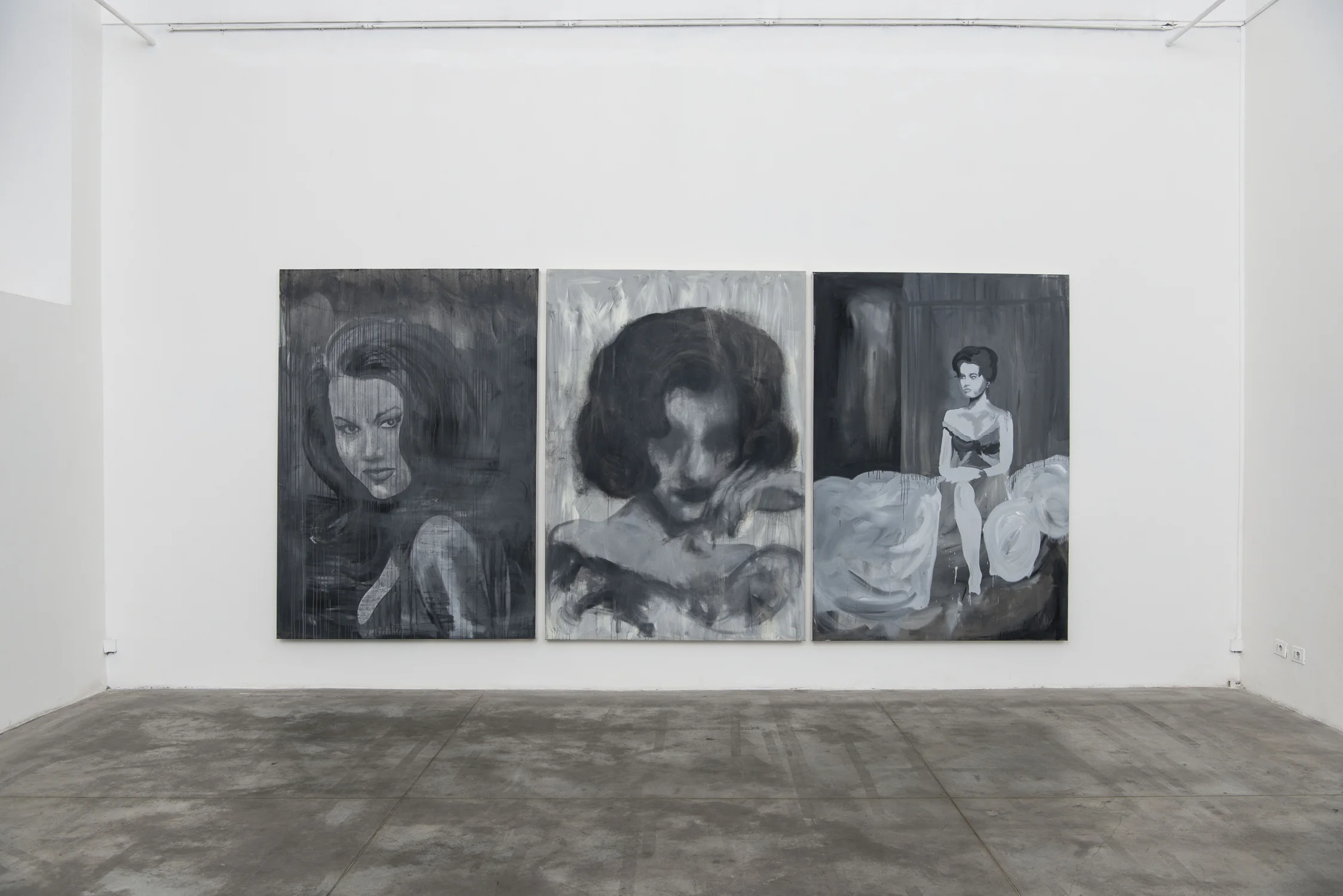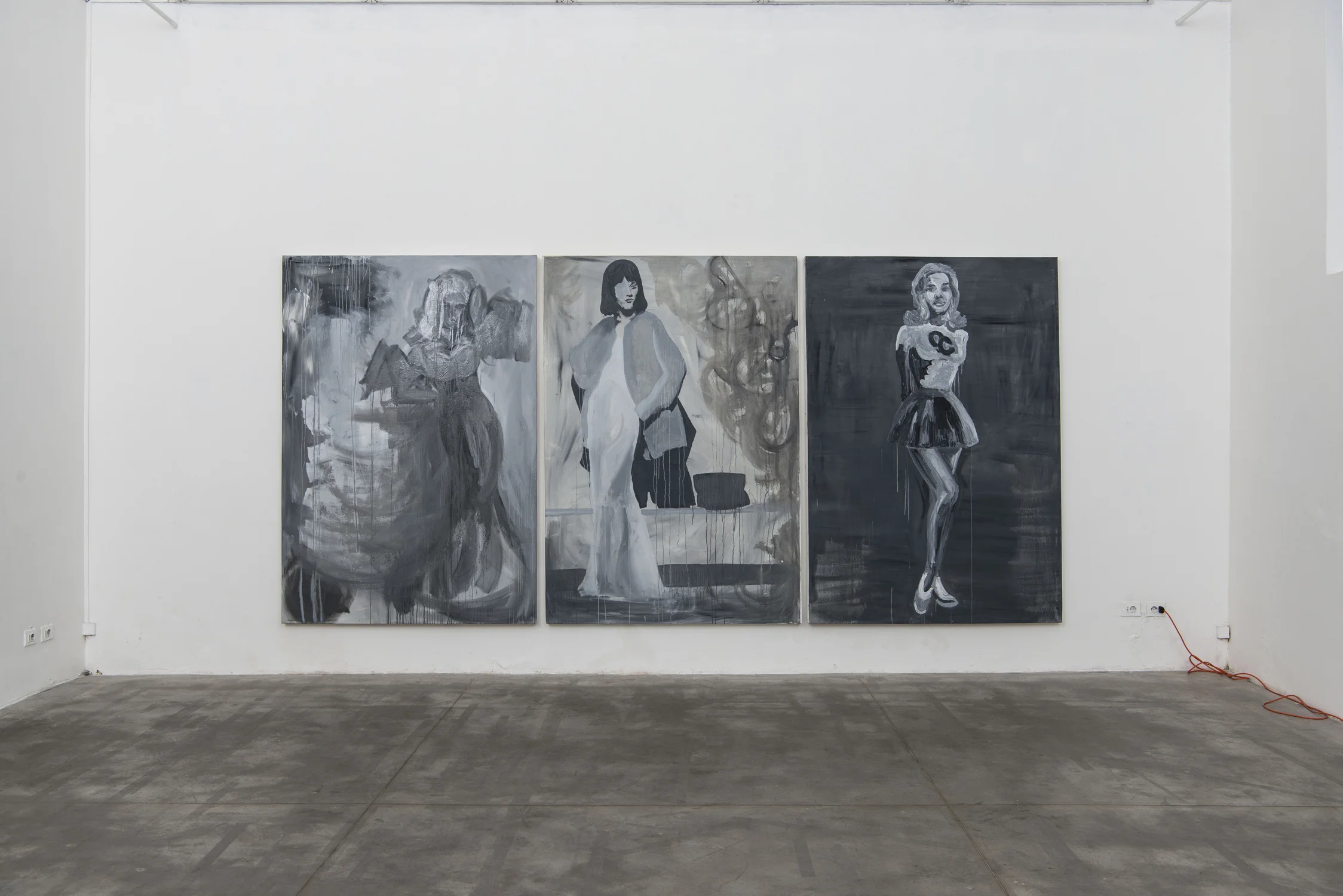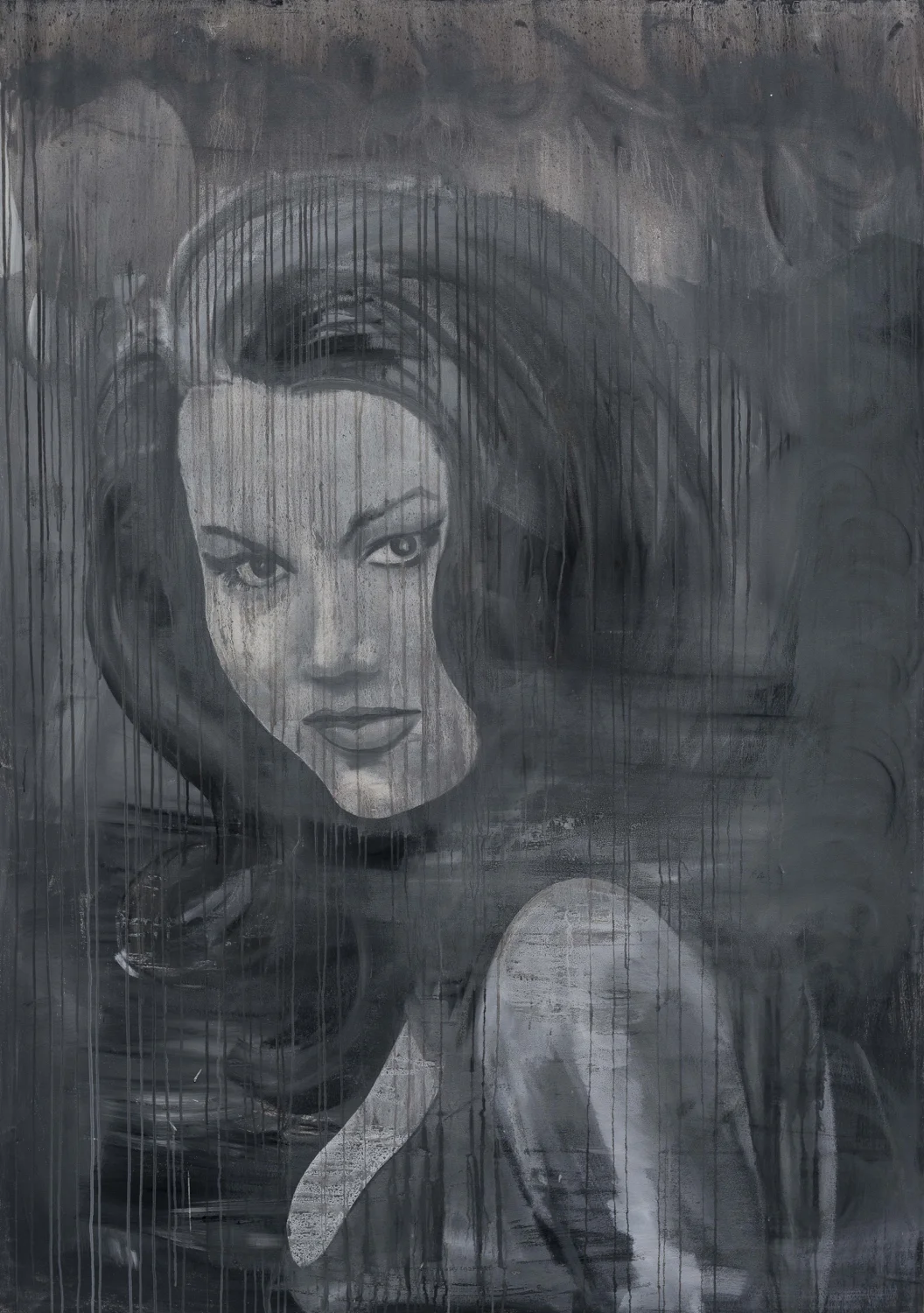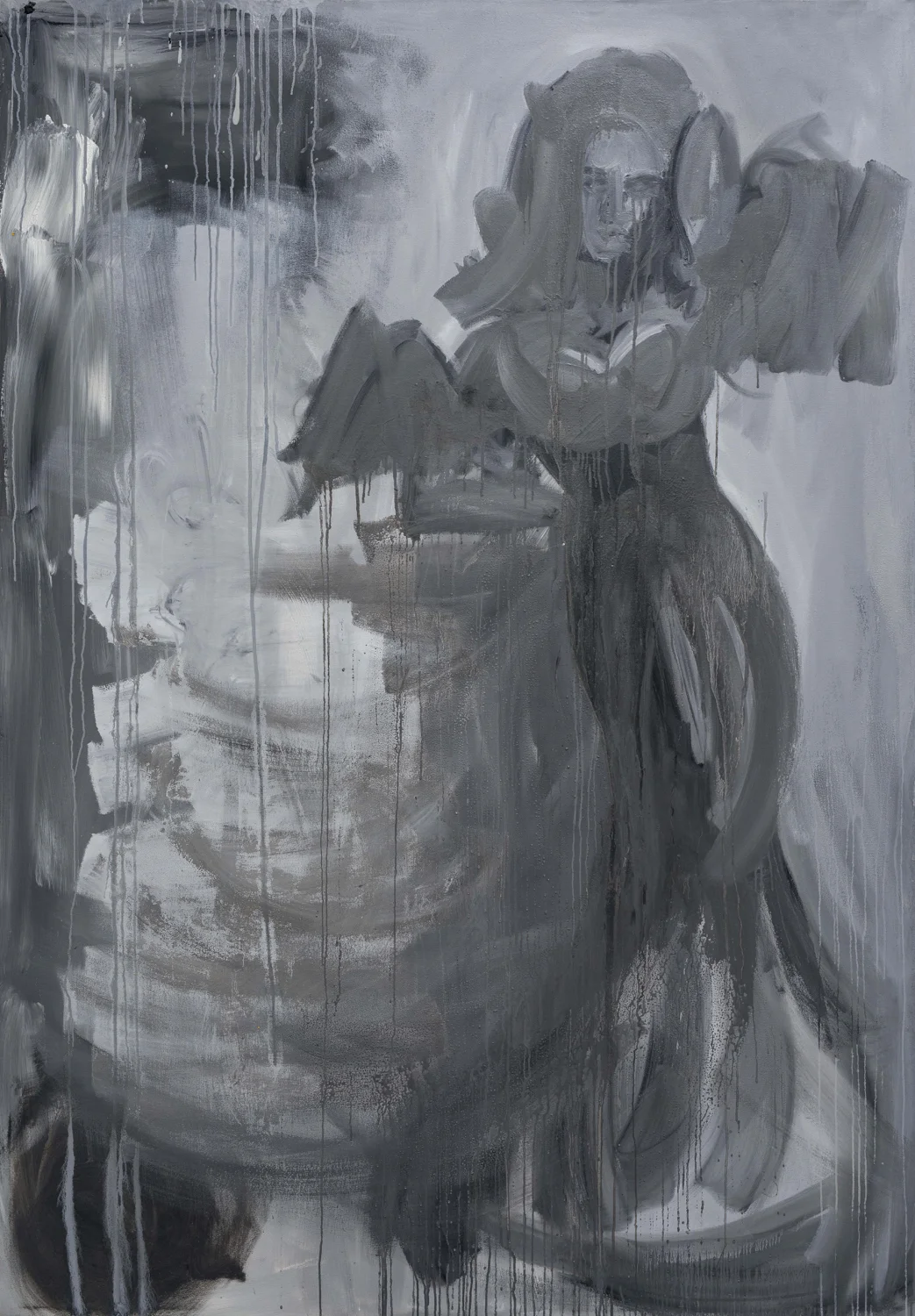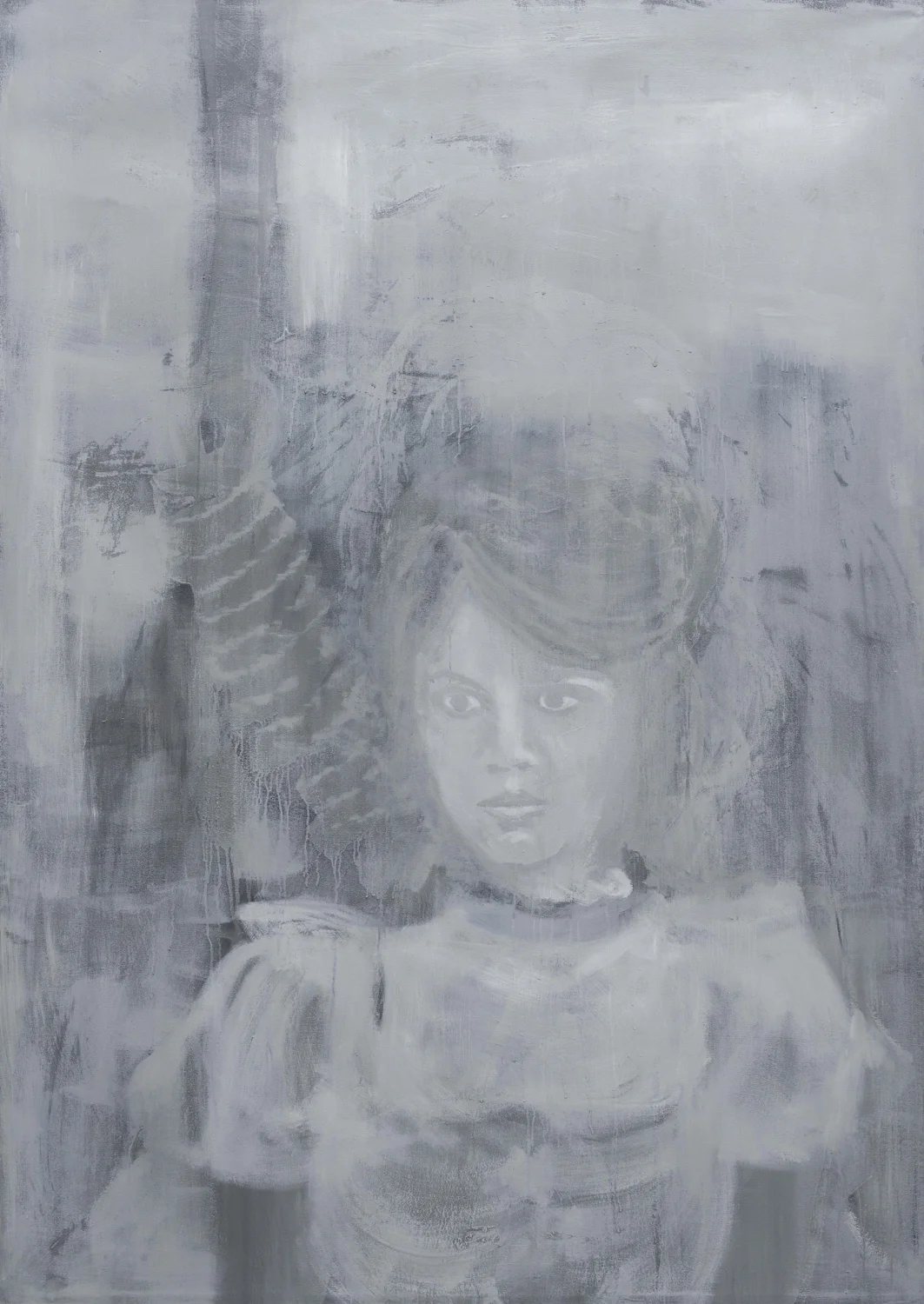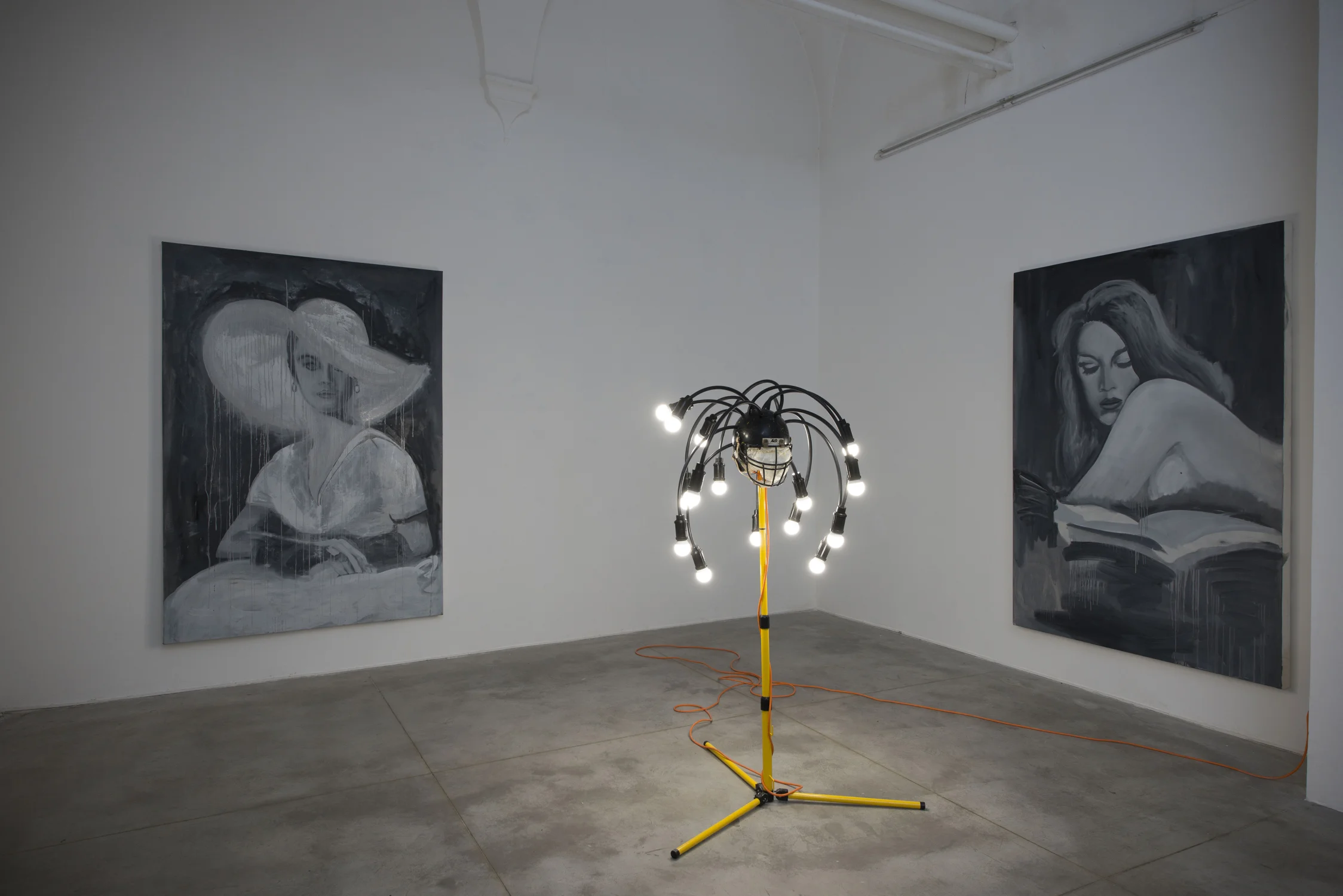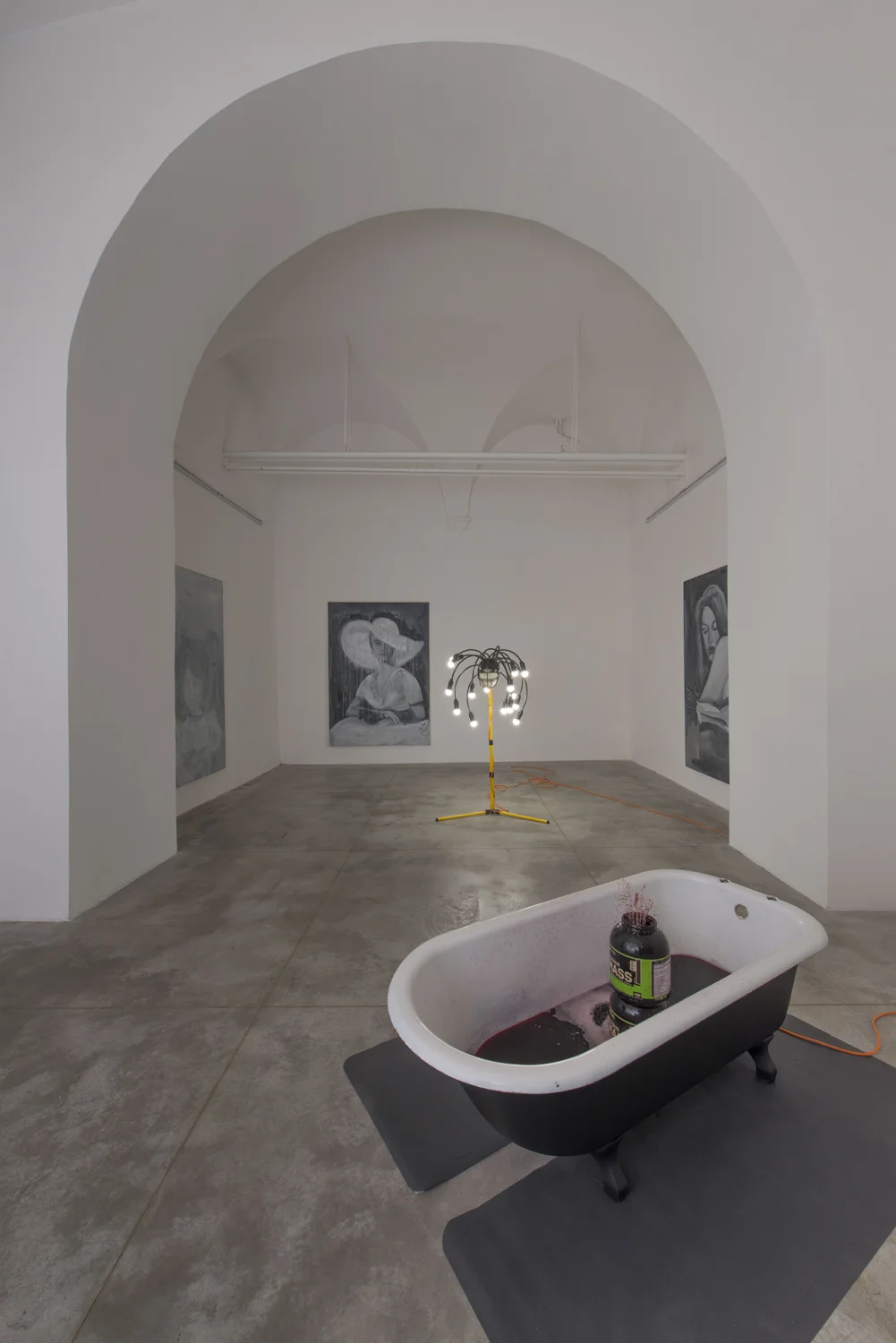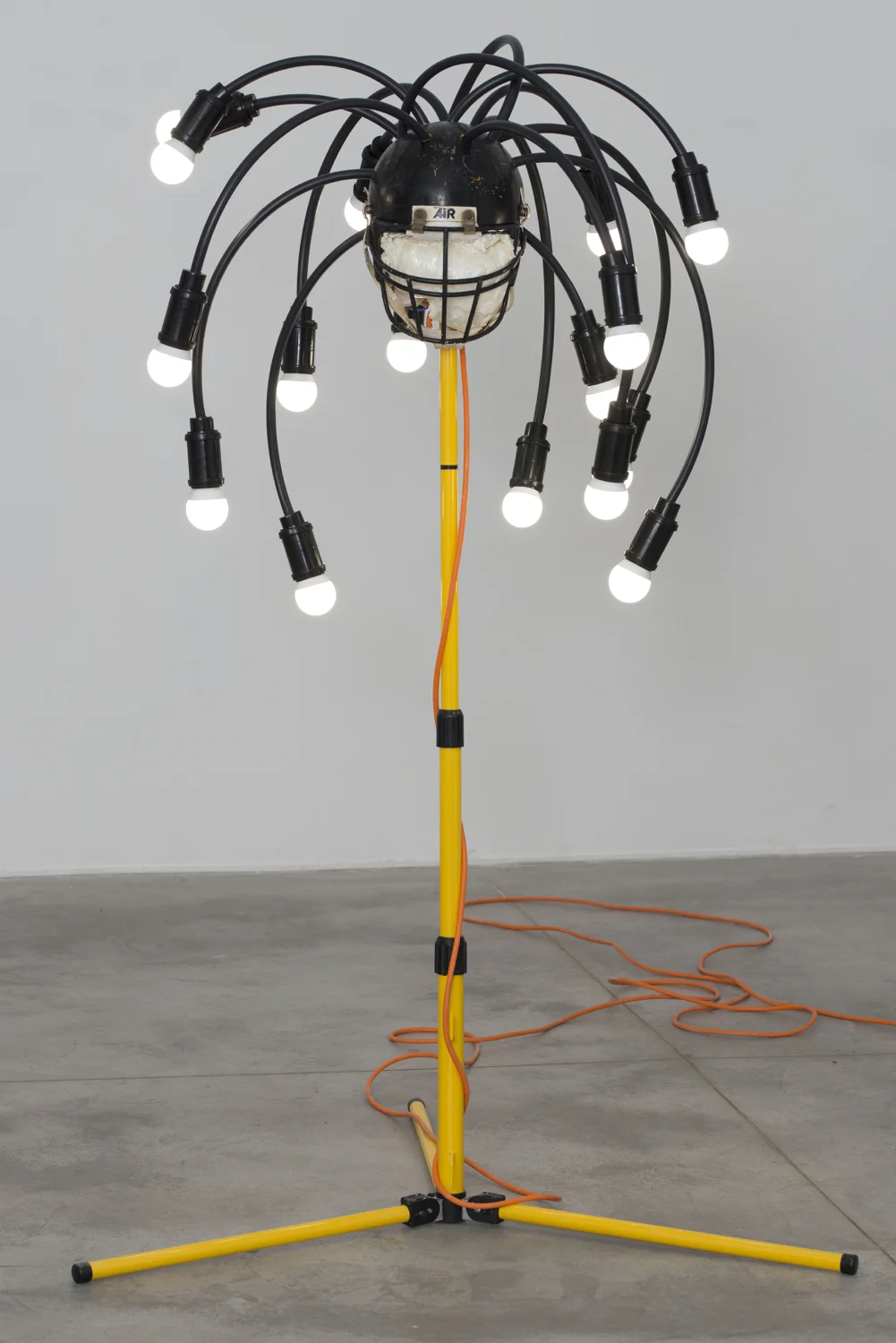EXHIBIT 2017
I am empty like a vegtable
MONITOR, ROME, March 2017
Circa 1528: The Marquis de Fonda of the Republic of Genoa, attempts to overthrow the aristocratic government in order to enable ordinary citizens to elect the Doge and the Senate, he failed, he was branded a traitor and fled Italy. Eventually the Fonda’s settled in New York.
In 1957, at 19, Jane Fonda moved to Paris to become a painter, inspired by the dream of the radical avant-garde. She met Roger Vadim and Brigitte Bardot (then married) as she commenced a relationship with the culture and politics of the left bank. She left Paris 3 months later, following a minor scandal after posing nude for a photographer.
Jane then followed her father into Hollywood, a studio contract and the gender degradation of the star system. 'For my first movie, Jack Warner wanted to dye my hair, put me in a corset, add falsies, break and reset my jaw so it would have a softer line, and I don’t know what else. Every studio wanted its own version of Marilyn Monroe'.
Fonda regularly returned to Europe, by 1965 she was engaged to Vadim and in ’68 she was radicalised during the Paris events of 1968. In Vietnam she encouraged mutiny amongst American servicemen and in the 70's Fonda bank-rolled the Black Panthers. Biographer Patricia Bosworth wrote Jane claimed; 'My only regret is I did not fuck Che Guevara'.
2018 will mark the 50th anniversary since the events of 1968.
MAJOR TRAUMA,
MONITOR, LISBON, May 2017
Monitor announces a new permanent space in Lisbon in the heart of the historical quarter of Rato, opening with a solo show by the British artist Graham Hudson, his first in Portugal. Graham Hudson, who has been working with the gallery since 2007 has accepted the challenge to work in a space that is in a state of total change. The two gallery rooms, originally existing as a paper shop and being abandoned for about twenty years, need serious restoration – Hudson will work with the precarious condition of the space creating a site-specific project. Hudson’s practice is constrained by the psychological conditions of temporality, developing it in the form of sculptures, paintings and videos, which can change or fall over during projects. The space will be the adequate and elected set to create this installation, due to its state of constant mutation. The psychological dimension of Hudson’s work is transported into the space, as a playground for the construction of an artist’s self-identity and its possibilities as a political entity.
Deriving from his recent solo show in Rome at Monitor, the Lisbon exhibition will continue evoking the figure of Jane Fonda, whom the artist has been using as a reference through the medium of painting. According to the artist, the varying painterly technique aims to dovetail with Fonda’s chameleonic roles in her Hollywood period, as well as her life before and after that – as an actor, activist, workout guru, tycoon wife, Christian, now back to Hollywood star. Graham Hudson has taken each painting as an opportunity to adopt a style, replicating that of other artists, mimicking the actresses’ fluctuating role as an icon.
For Major Trauma, Hudson will exhibit mirrored diptychs inspired by Fonda’s workout book, reaching for a Rorschach test aesthetic. Besides the paintings, the exhibition will feature a series of new sculptural work, appropriating the modular, replicated and mirrored modus operandi of the paintings in them. These objects can be found throughout the gallery, suspended, on the floor, building up a dense psychological landscape of mediums, displayed throughout the rough space,
This large-scale site-specific installation will open Monitor’s program in Lisbon, attempting to start with a statement and staple exhibition that reveals the interests of having a new project-based space.
